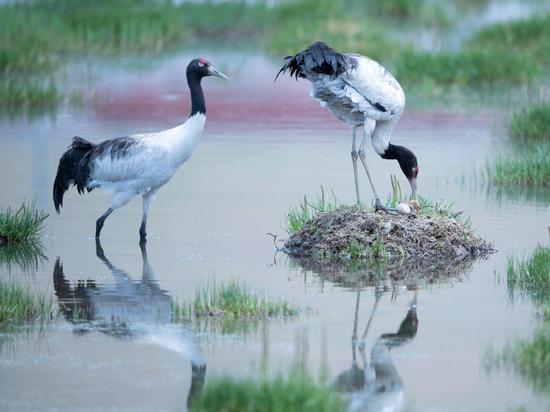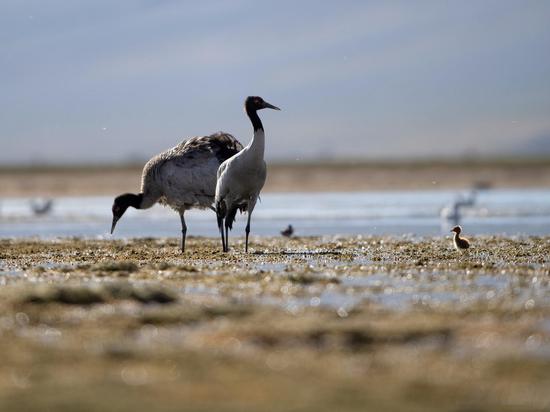Giant pandas traveling abroad under international collaboration projects are in good conditions and will not be involved in human genetic experiments, zoological experts said at a news conference in Beijing, on Thursday.
The remarks were made in response to recent online allegations that overseas the risk of giant pandas being used for genetic experiments intended for cloning or human genetic research.
Liu Dingzhen, a professor from the College of Life Sciences at Beijing Normal University, said conducting human genetic experiments on giant pandas lacks scientific validity and ventures into the realm of pseudoscience, as giant pandas exhibit only a 60 percent genetic similarity with humans, much lower than that of chimpanzees' (about 99 percent) and gorillas' (about 98 percent), and even less than that of mice'.
In addition, according to pertinent international conventions, animal ethics regulations and bilateral cooperation agreements, unauthorized panda-related research activities conducted without China's consent will not receive international recognition or protection, and will face condemnation from the global academic community, Liu said.
"Ensuring that giant pandas abroad receive meticulous care and health protection has always been the primary task of China's international cooperation of giant pandas," said Si Ping, deputy Secretary-General of China Wildlife Conservation Association.
China has dispatched expert teams to carry out comprehensive on-site evaluations of the health and captive management of every giant panda in all overseas collaborating institutions since last year. The results showed an overall good health condition, with individual elderly pandas in suboptimal health receiving prompt medical treatment and exceptional care, Si said.
Since the 1990s, the country has conducted giant panda conservation and research with 26 institutions from 20 countries.
With ongoing conservation efforts, China has seen a rise in its wild population from around 1,100 in the 1980s to nearly 1,900 with continuous expansion and optimization of their habitats, resulting in the elevation of the threatened status from "endangered" to "vulnerable", according to the IUCN Red List of Threatened Species.


















































 京公網安備 11010202009201號
京公網安備 11010202009201號